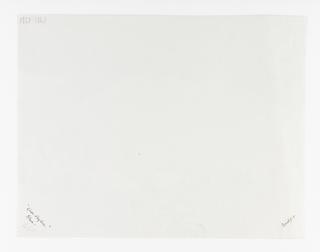


Casa Inglese, Etna
1846
Athens. The Temple of Theseus
1849
Athens. The Cecropium or Southern Portico of the Erectheum
1849
Pompeii. The Temple of Jupiter
1849
The Areopagus or Mars-Hill at Athens 1847
1849
Pompeii. The Villa of Marcus Arrius Diomedes
1849
Taken in the crater during an explosion, Etna
1845
Olympium, from rock above Enneakrounos, Athens
No date
Athens, The Erechtheum and Parthenon
1849
Garden of the Benedictine Monastery of San Nicolò l’Arena, Catania
1846
Athens. North East angle of Parthenon
1849
Garden of the Benedictine Monastery of San Nicolò l’Arena, Catania
1846
Athens. The Arch of Hadrian
1849
View of Athens. from the Eastern base of the Cecropolis 1848
1849
Athens.The Temple of Jupiter Panhellenius
1849
A Mass of Running Lava, Mount Etna
August 1846
Athens. The Northern Ionic Portico of the Erectheum
1849
Athens. The Erectheum
1849
Sphinx
January 1851
Athens. The Temple of Theseus
1849
Mount Etna, from the Door of the Casa Inglese
1846